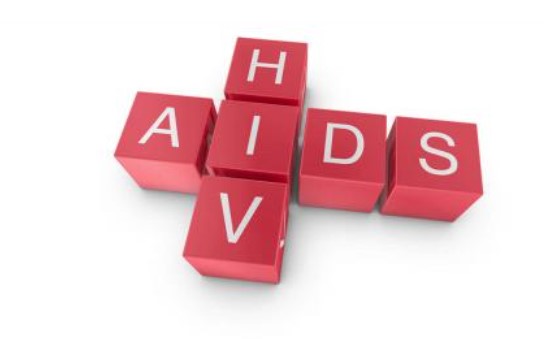HIV/AIDS: Key Facts, Prevention, and Advances in Treatment

What is HIV/AIDS?
HIV (Human Immunodeficiency Virus) is a virus that attacks the body’s immune system, specifically the CD4 cells (T cells), which are vital for fighting infections. Without treatment, HIV can progressively damage the immune system, making the body vulnerable to other infections and diseases. When HIV has caused severe immune system damage, it can lead to AIDS (Acquired Immunodeficiency Syndrome), the final stage of HIV infection.
How HIV Spreads
HIV is transmitted through the exchange of certain body fluids, primarily:
- Blood
- Semen
- Vaginal fluids
- Breast milk
The most common modes of transmission include unprotected sexual contact, sharing needles or syringes, and, less commonly, from mother to child during childbirth or breastfeeding. HIV is not transmitted through casual contact, saliva, or touching.
Symptoms of HIV
The symptoms of HIV vary depending on the stage of infection:
- Acute Stage (2-4 weeks after infection): Flu-like symptoms such as fever, sore throat, swollen glands, and fatigue. This is often called acute retroviral syndrome (ARS) or primary HIV infection.
- Chronic HIV: After the initial symptoms, the virus may become less active, though it remains in the body. This stage can last several years without noticeable symptoms.
- AIDS: When the immune system is severely damaged, symptoms may include persistent fever, night sweats, chronic fatigue, weight loss, and opportunistic infections (infections that occur due to a weakened immune system).
Prevention of HIV/AIDS
- Safe Sex Practices: Using condoms consistently and correctly greatly reduces the risk of HIV transmission.
- Pre-exposure Prophylaxis (PrEP): A daily medication for those at high risk of HIV, which can reduce the chance of infection.
- Avoiding Needle Sharing: Using clean needles and avoiding needle-sharing are essential for preventing HIV among people who inject drugs.
- Regular Testing and Early Diagnosis: Regular HIV testing helps with early detection, and prompt treatment can prevent the progression to AIDS and reduce the risk of transmission to others.
- Mother-to-Child Prevention: Pregnant women with HIV can take antiretroviral treatment (ART) to reduce the risk of transmitting the virus to their child.
Treatment for HIV/AIDS
While there is no cure for HIV, antiretroviral therapy (ART) has transformed HIV from a life-threatening condition to a manageable chronic illness. ART suppresses the virus, allowing the immune system to recover and effectively fight infections. With proper treatment, people with HIV can live long, healthy lives and prevent progression to AIDS.
Myths and Misunderstandings About HIV/AIDS
HIV/AIDS is often surrounded by stigma and misconceptions. Here are a few key clarifications:
- HIV does not spread through casual contact: Hugging, shaking hands, and sharing utensils are safe and pose no risk of transmission.
- HIV-positive people on ART with an undetectable viral load cannot transmit the virus: This is often summarized as “U=U” (Undetectable = Untransmittable).
- AIDS is not always the outcome of HIV: With early diagnosis and consistent treatment, HIV does not have to progress to AIDS.
Conclusion
HIV/AIDS remains a serious health issue, but advances in prevention, early diagnosis, and effective treatment mean that people with HIV can live long, fulfilling lives. With continued awareness, stigma reduction, and improved access to healthcare, there is hope for reducing and eventually ending the HIV/AIDS epidemic.
